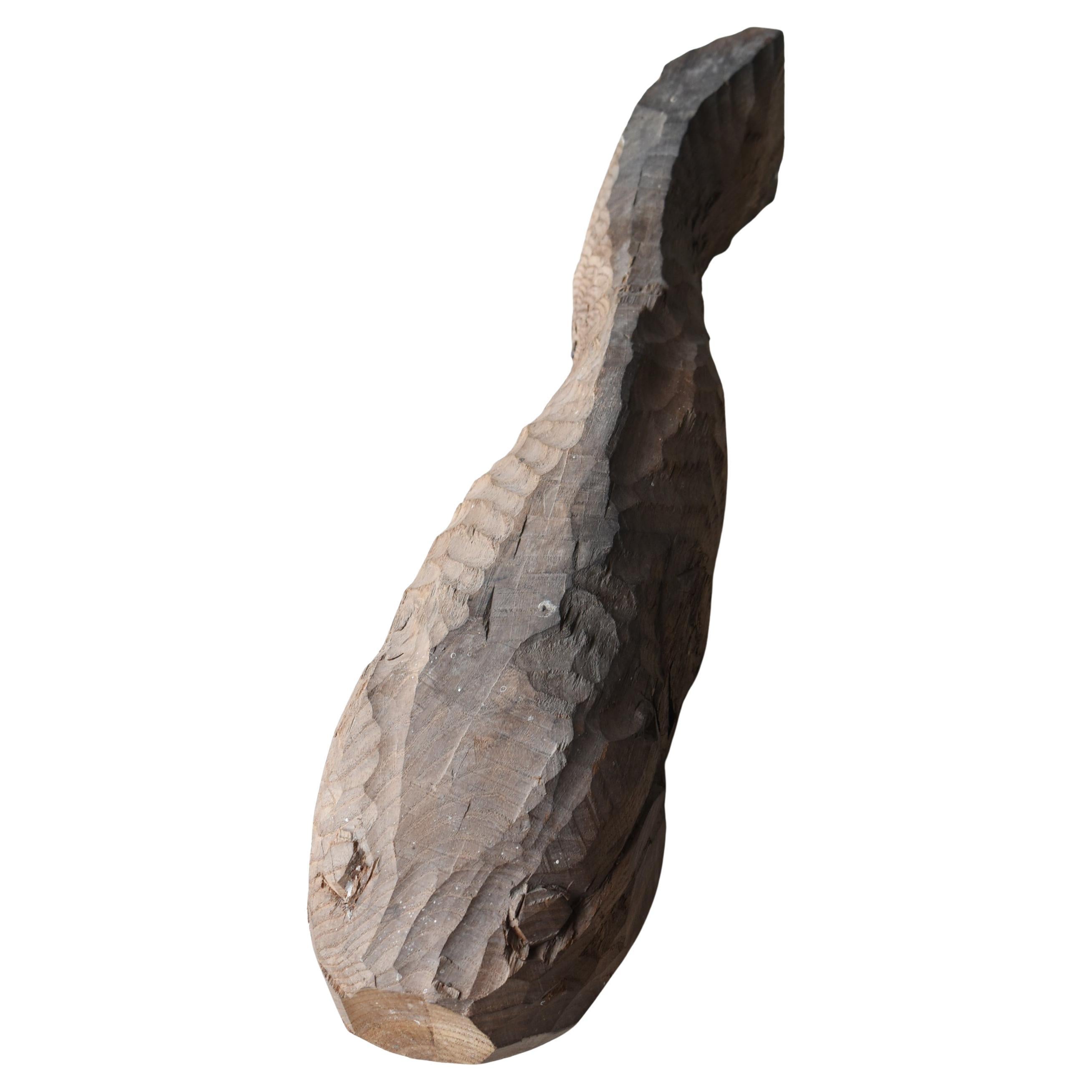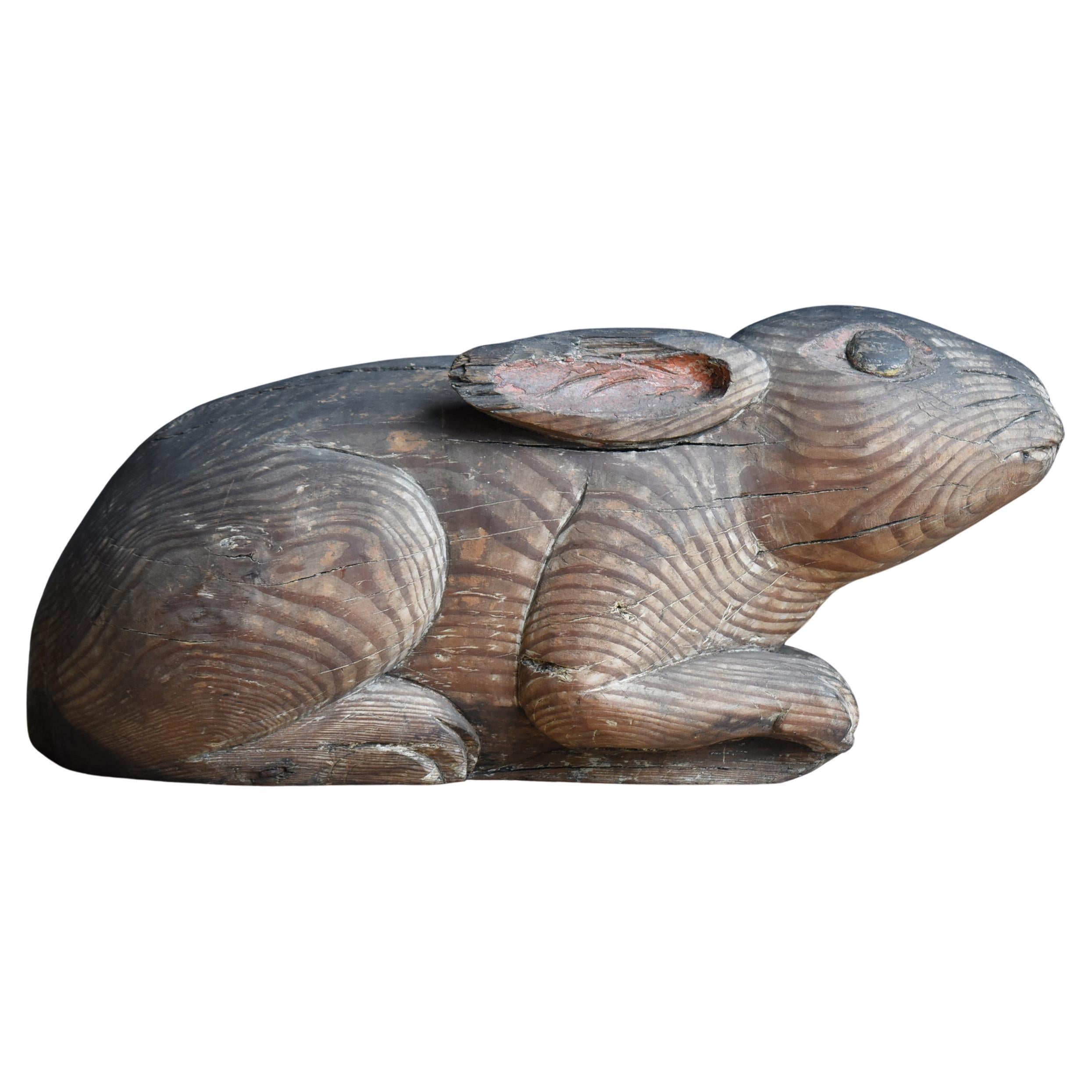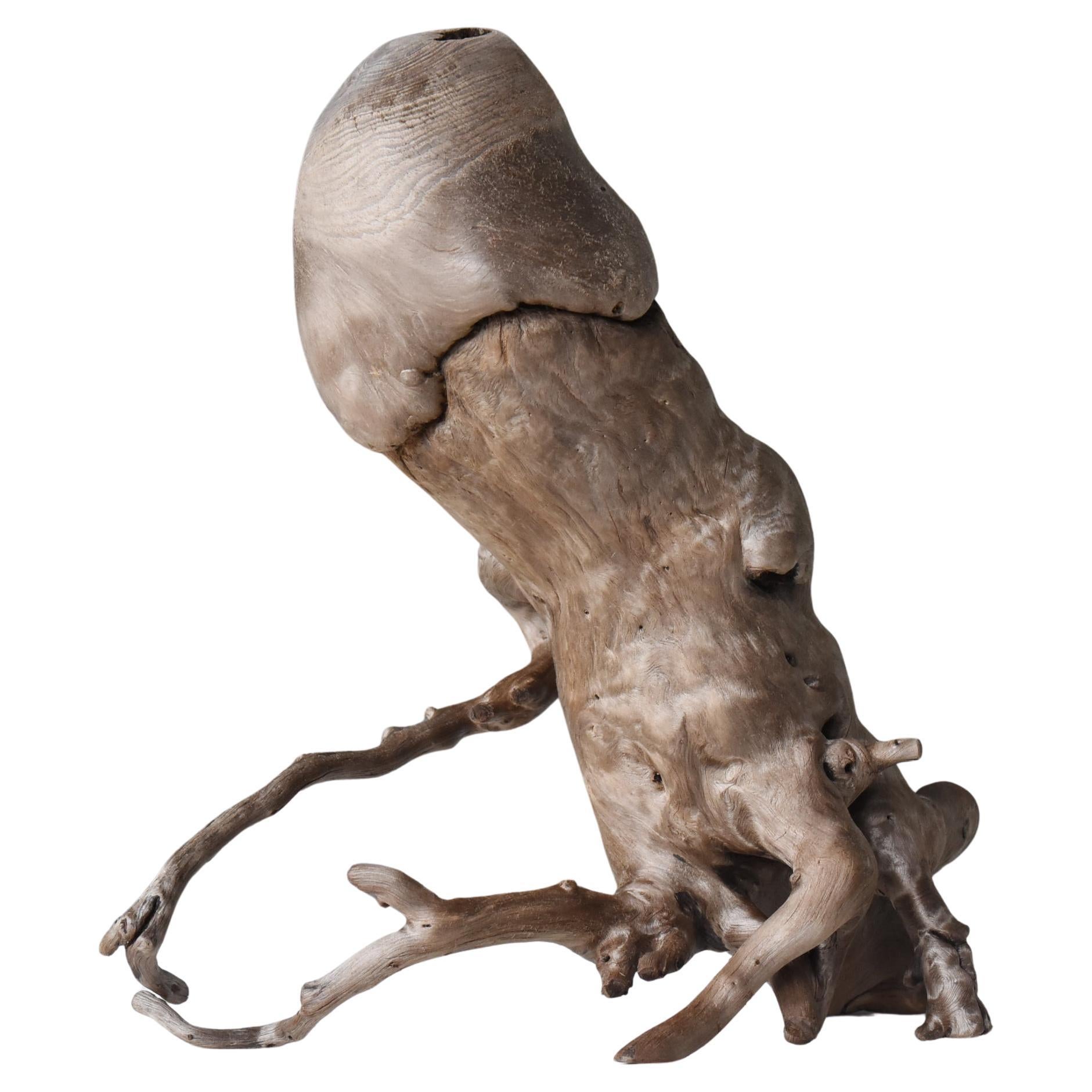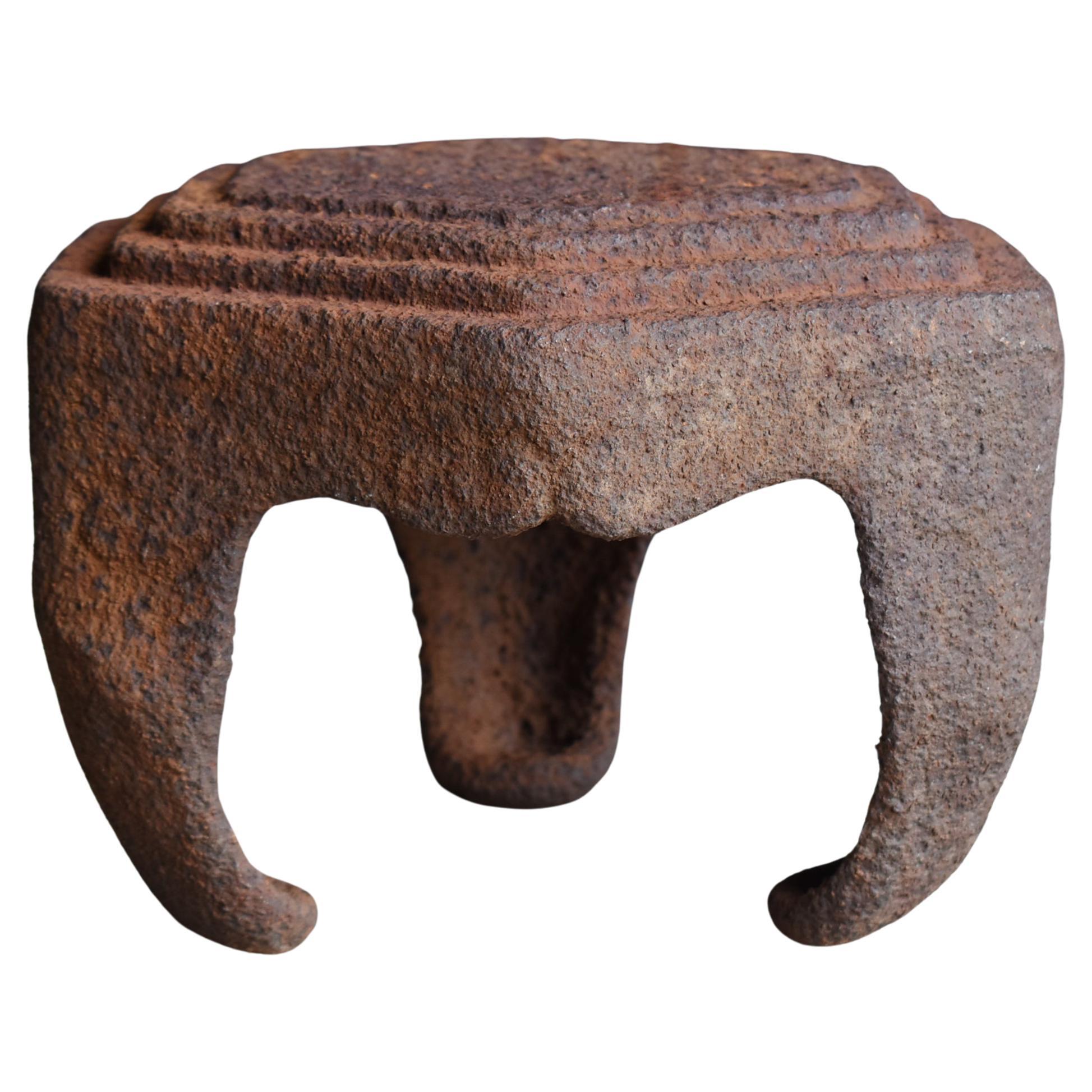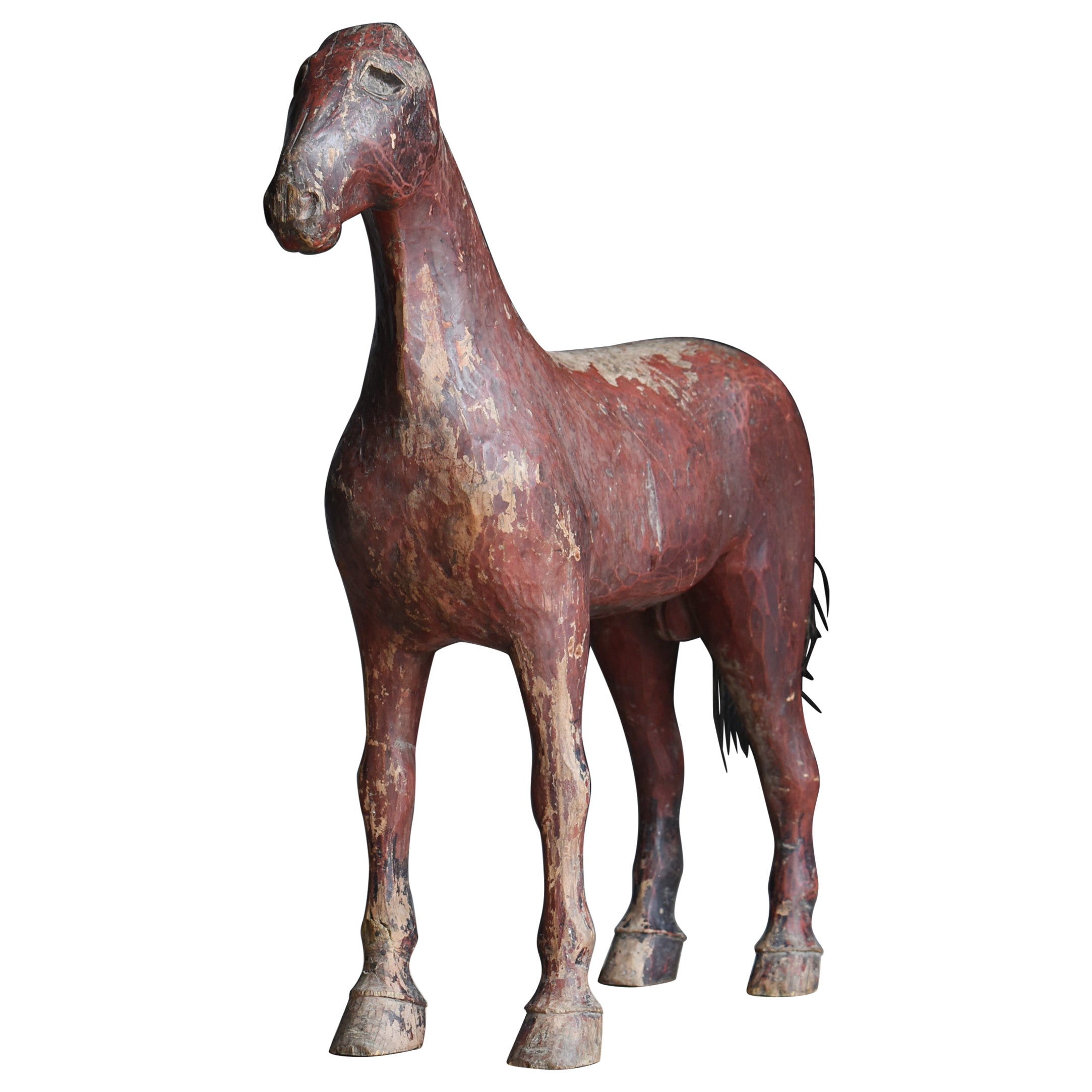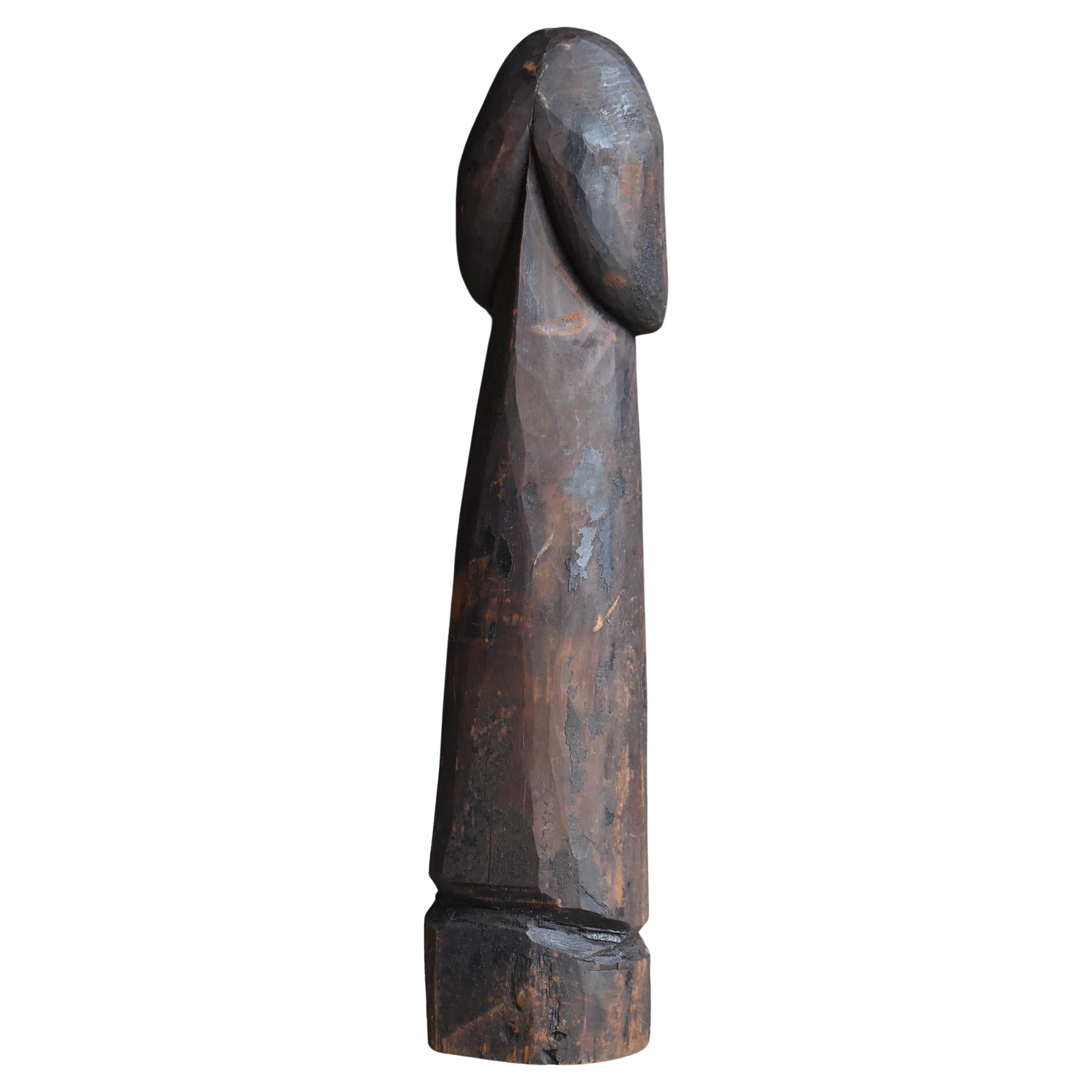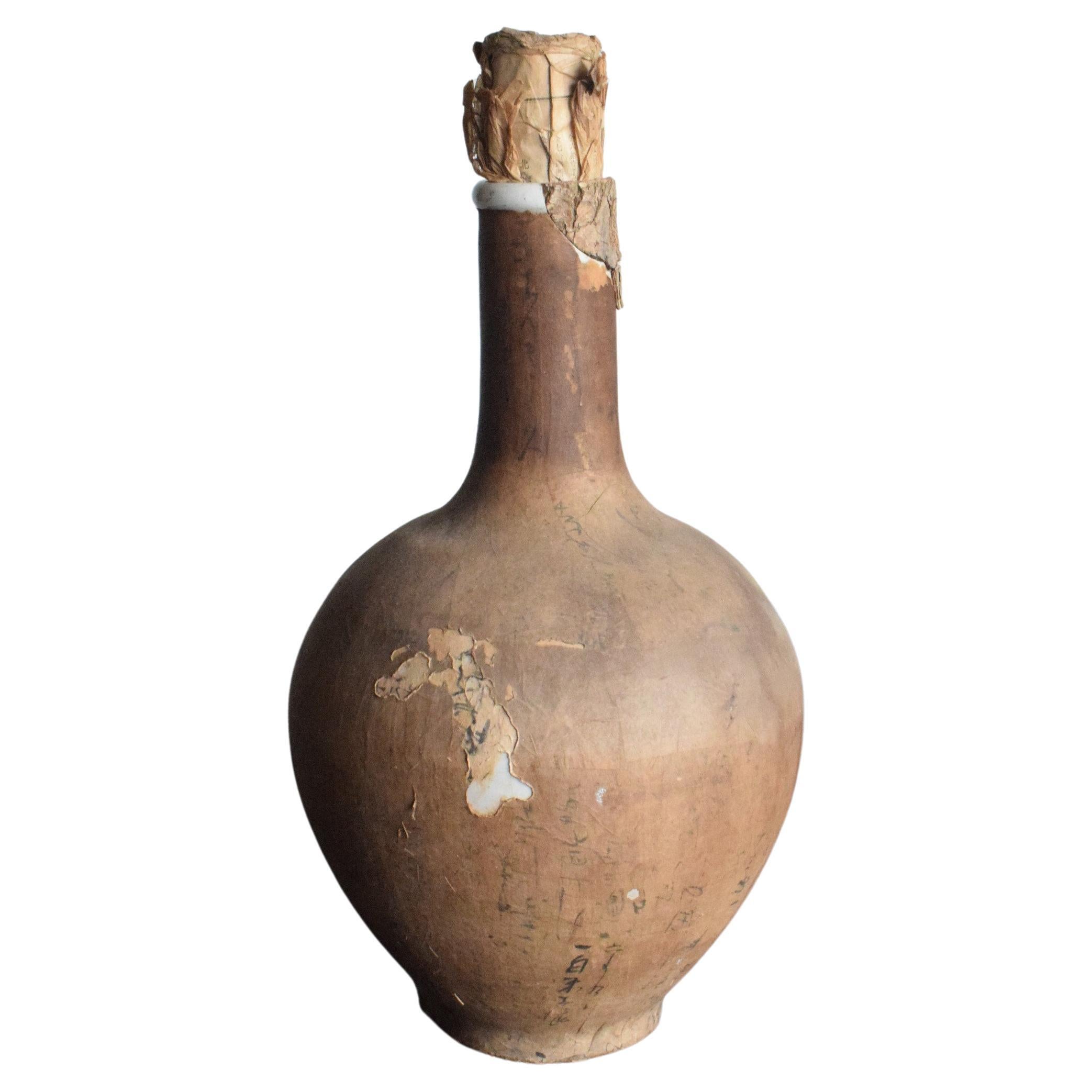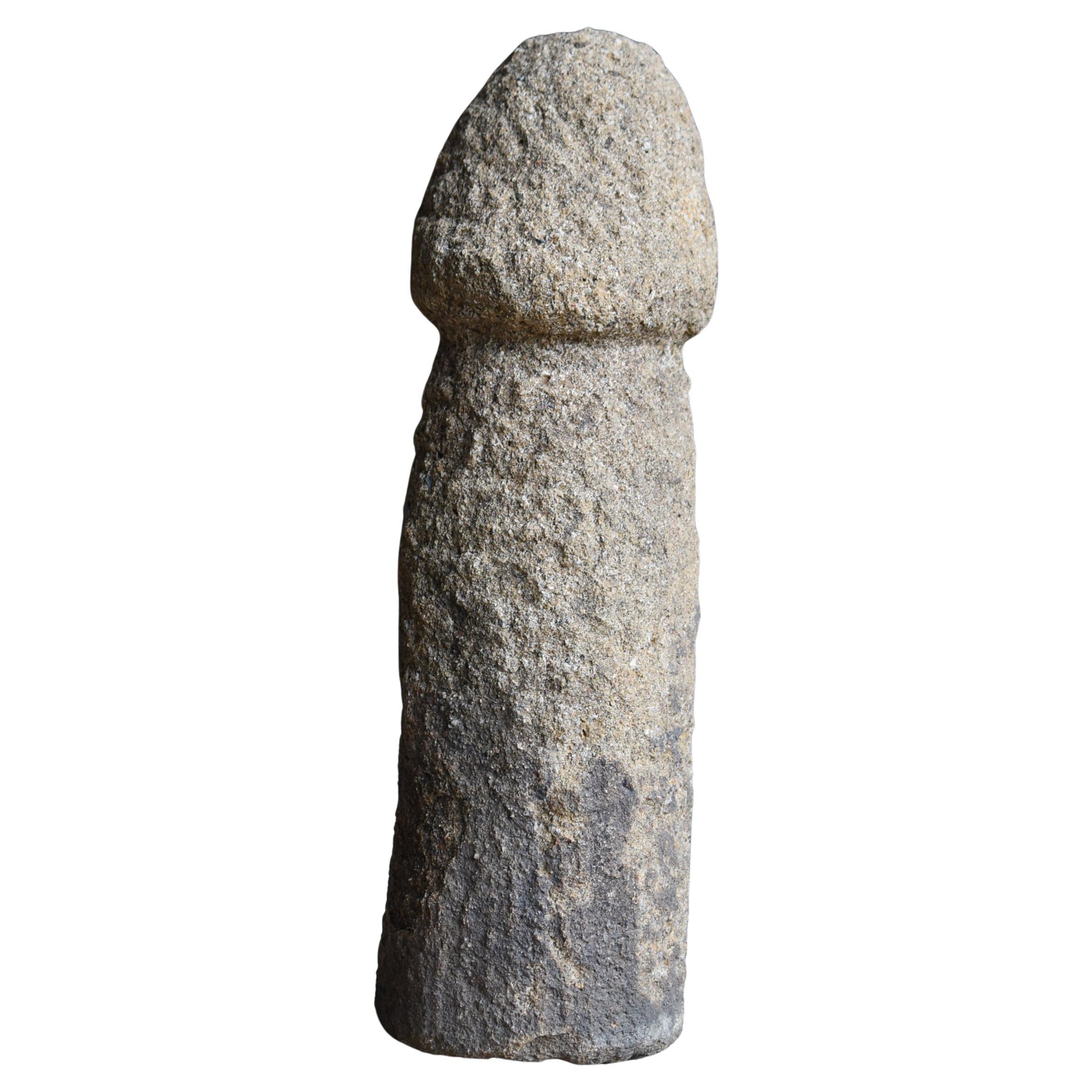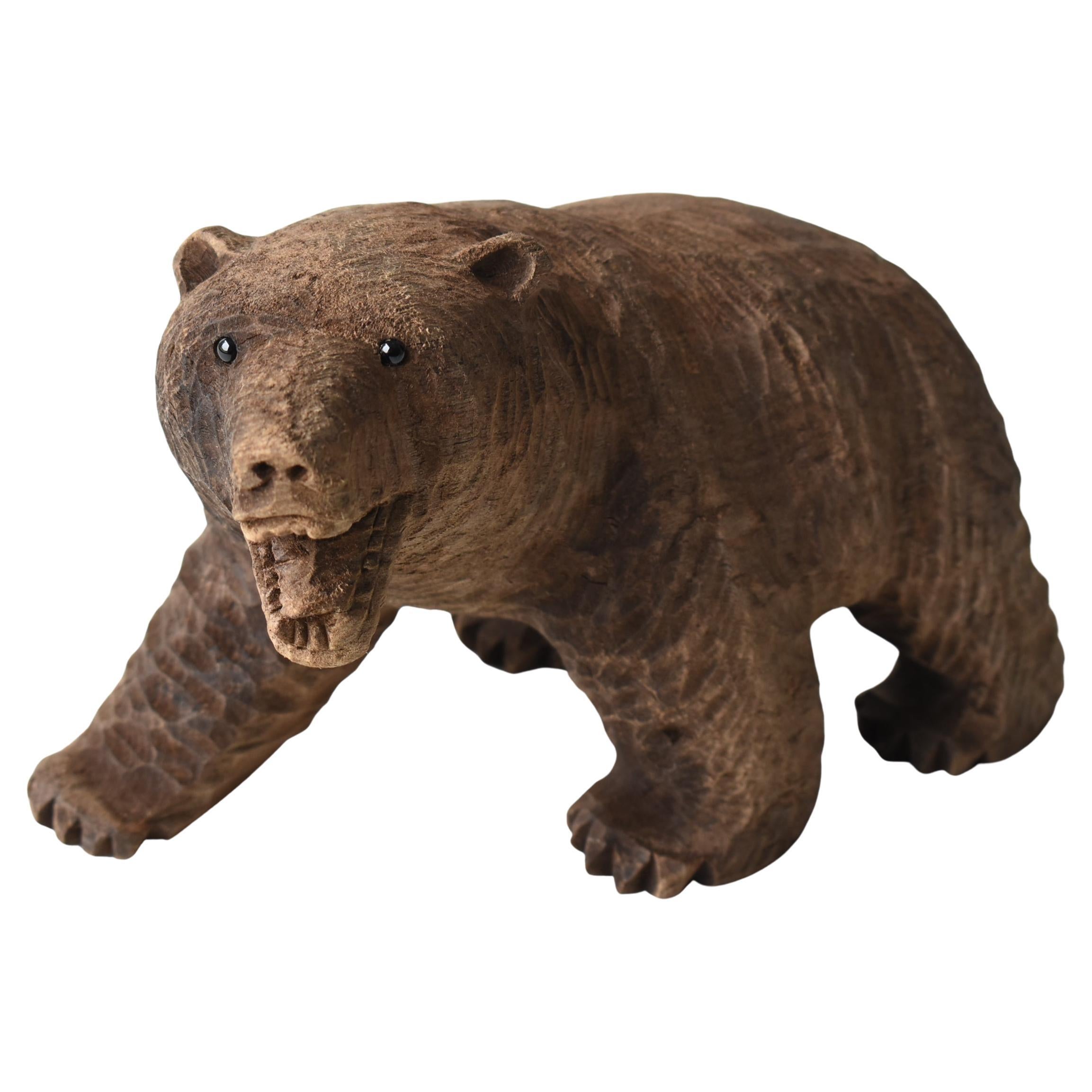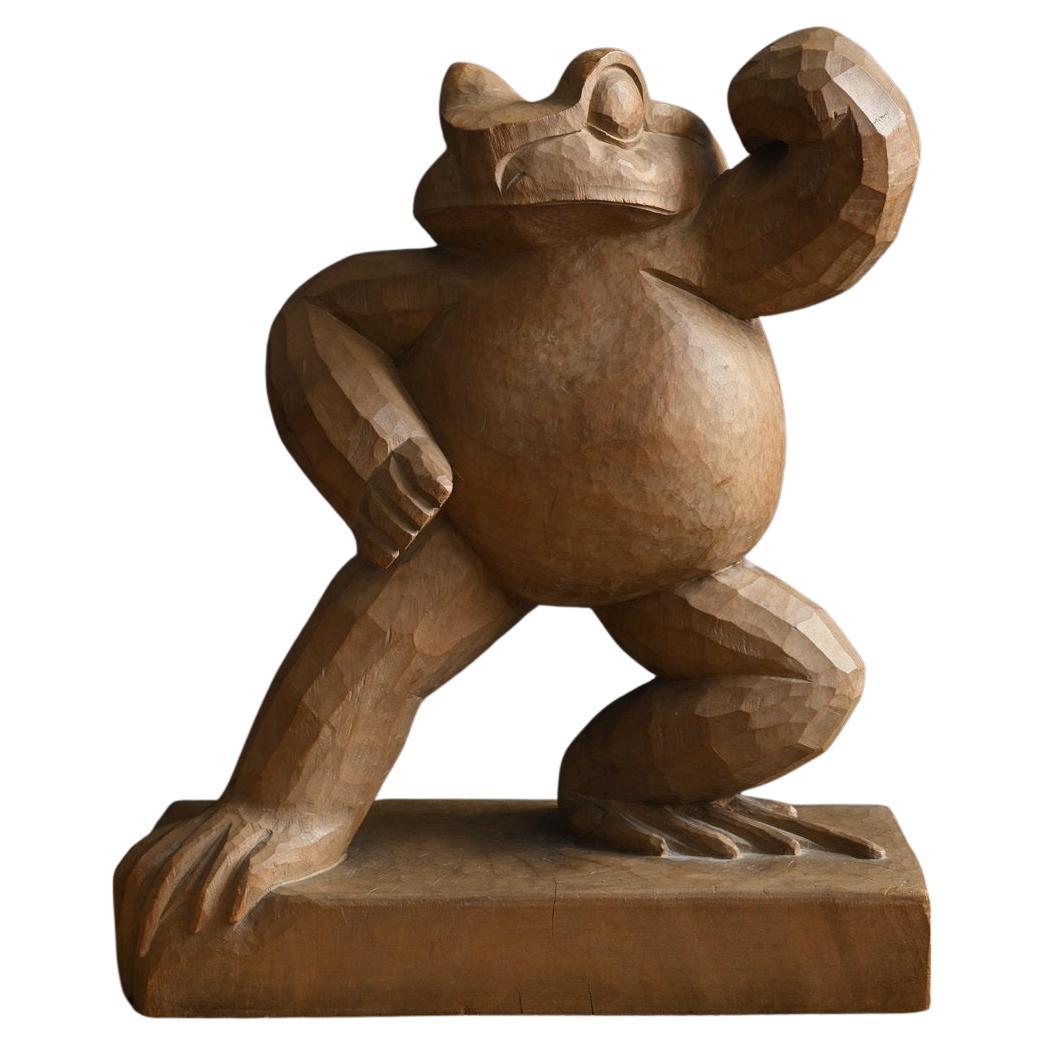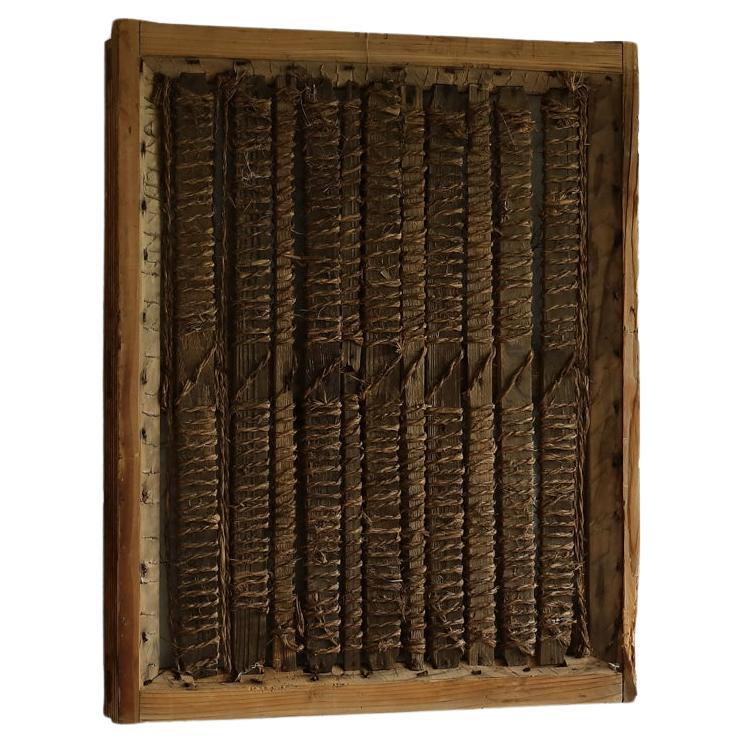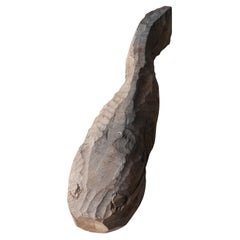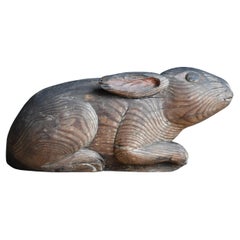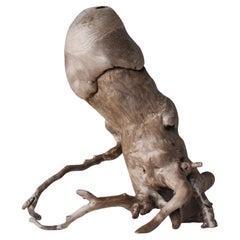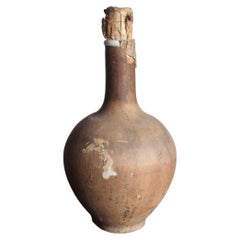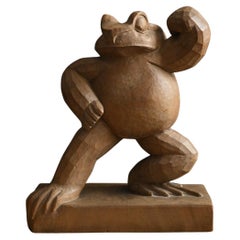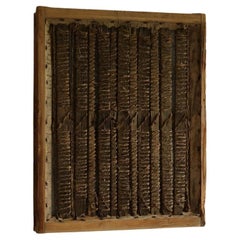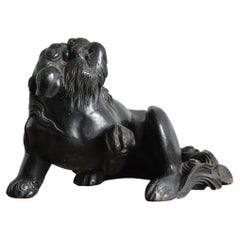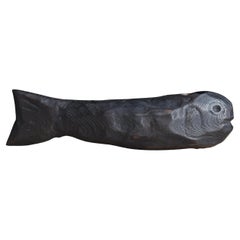
Japanese Antique Wood Carving Fish 1860s-1900s / Figurine Object Wabisabi
View Similar Items
Want more images or videos?
Request additional images or videos from the seller
1 of 15
Japanese Antique Wood Carving Fish 1860s-1900s / Figurine Object Wabisabi
Price:$303
$400List Price
About the Item
- Dimensions:Height: 3.15 in (8 cm)Width: 12.21 in (31 cm)Depth: 2.76 in (7 cm)
- Style:Meiji (Of the Period)
- Materials and Techniques:Chestnut,Hand-Carved
- Place of Origin:
- Period:
- Date of Manufacture:1860s-1900s
- Condition:Wear consistent with age and use.
- Seller Location:Chōsei District Nagara, JP
- Reference Number:1stDibs: LU10403245338942
About the Seller
New to 1stDibs
Joined in the past six months.
5.0
Platinum Seller
Premium sellers with a 4.7+ rating and 24-hour response times
Established in 2017
1stDibs seller since 2025
31 sales on 1stDibs
Typical response time: 2 hours
Authenticity Guarantee
In the unlikely event there’s an issue with an item’s authenticity, contact us within 1 year for a full refund. DetailsMoney-Back Guarantee
If your item is not as described, is damaged in transit, or does not arrive, contact us within 7 days for a full refund. Details24-Hour Cancellation
You have a 24-hour grace period in which to reconsider your purchase, with no questions asked.Vetted Professional Sellers
Our world-class sellers must adhere to strict standards for service and quality, maintaining the integrity of our listings.Price-Match Guarantee
If you find that a seller listed the same item for a lower price elsewhere, we’ll match it.Trusted Global Delivery
Our best-in-class carrier network provides specialized shipping options worldwide, including custom delivery.More From This Seller
View AllJapanese Antique Wood Carving Catfish 1900s-1940s / Figurine Object Wabisabi
Located in Chōsei District Nagara, JP
This is an old carved wooden catfish made in Japan.
It was made in the early Showa period (1900s-1940s) and is made of zelkova wood, which has a profound and beautiful grain. Zelkova...
Category
Mid-20th Century Japanese Showa Sculptures and Carvings
Materials
Wood
Japanese Antique Wood Carving Rabbit 1800s-1860s / Figurine Sculpture Wabi Sabi
Located in Chōsei District Nagara, JP
This is an old Japanese wooden carving of a rabbit, a precious artifact crafted in the late Edo period (early 1800s–1860s). It was discovered at a Buddhist temple. Made from pine, th...
Category
Antique Late 19th Century Japanese Edo Sculptures and Carvings
Materials
Pine
Japanese Antique Natural Wood Penis 1860s-1920s / Figurine Object Wabisabi
Located in Chōsei District Nagara, JP
This is a phallic statue made of natural wood produced in Japan.
It is estimated to have been created during the Meiji and Taisho periods (1860s-1920s), and is made of richly texture...
Category
Early 20th Century Japanese Meiji Antiquities
Materials
Pine
Japanese Antique 6-Drawer Storage 1860s-1900s / Tansu Wabisabi
Located in Chōsei District Nagara, JP
This is an old six drawer storage made in Japan.
It was made during the Meiji period (1860s-1900s), and it is the result of the craftsman's solid skills and aesthetic sense.
The mate...
Category
Early 20th Century Japanese Meiji Commodes and Chests of Drawers
Materials
Iron
Japanese Antique Iron Hexagonal Stand 1860s-1900s / Ornament Wabisabi
Located in Chōsei District Nagara, JP
This is an old iron pedestal from Japan, believed to have been crafted during the Meiji period (1860s–1900s).
Its bold hexagonal form and aged iron surface exude a quiet but powerful...
Category
Early 20th Century Japanese Meiji Antiquities
Materials
Iron
Japanese Antique Large Tansu 1860s-1900s / Sideboard Cabinet Wabisabi
Located in Chōsei District Nagara, JP
This is a large antique Japanese Tansu chest, crafted during the Meiji period (1860s–1900s). It is made from cedar wood, known for its lightweight yet durable qualities.
The design i...
Category
Early 20th Century Japanese Meiji Sideboards
Materials
Cedar
You May Also Like
Japanese Antique Pottery Bottle 1860s-1900s/Flower Vase Wabisabi Jar Mingei
Located in Sammu-shi, Chiba
This is an old Japanese sake bottle. It is from the Meiji period (1860s-1900s). It is made of ceramic and covered with paper. It is slightly cracked and reinforced with paper. The pa...
Category
Early 20th Century Japanese Meiji Ceramics
Materials
Pottery, Paper
$600 Sale Price
25% Off
Old Japanese wooden frog figurine / 20th century / wood carving figurine
Located in Sammu-shi, Chiba
I have acquired something very unique.
I would like to introduce an old Japanese wooden carved frog ornament.
The frog is standing and in a pose similar ...
Category
20th Century Sculptures and Carvings
Materials
Wood
Japanese Antique Door, Abstract Art Wabi Sabi, 1860s-1900s
Located in Katori-Shi, 12
Very old Japanese sliding door.
The simple design conveys the charm of the material.
You can feel the world of wabi and sabi.
Recommended as a wall painting.
It was made in the Mei...
Category
Early 20th Century Meiji Doors and Gates
Materials
Wood
Great Wood Carving Lion Figurine / 1868-1920 / Rare Item
Located in Sammu-shi, Chiba
This looks like an old copperware, but it is a wood carving work.
It is glossy because it is finished with black lacquer.
It is a very delicate and beautiful sculpture.
The expression of the lion is cool.
Also, the sculpture on the tail is wonderful.
It is thought that it was carved on wood such as Japanese cypress.
The name of the engraver is also engraved.
The name "Kichitaro" is engraved.
I don't know the details of this person.
There are also small cracks and defects.
There is a loss in the lower part of his right ear and part of his tail.
And there are lacquer cracks and wood cracks.
This is an old one, so there is something like this.
Also, in the case of Japanese and Chinese lions, a ball is attached to the left hand, but this is missing.
However, it is a work that is quite impressive.
It is a rare item...
Category
Antique 19th Century Japanese Meiji Animal Sculptures
Materials
Wood
Japanese antique wood carving "Kirin's legs" /1800s/Shrines and temples carvings
Located in Sammu-shi, Chiba
Do you know Kirin?
It is a type of legendary animal that appears in Chinese mythology, and is a spiritual animal that has been passed down in Japan since ancient times.
At first glan...
Category
Antique 19th Century Japanese Edo Sculptures and Carvings
Materials
Wood
Primitive Wood Chair from Japan 1860s-1900s / Wabi Sabi Wooden Chair Mingei
Located in Sammu-shi, Chiba
This is an old primitive chair discovered in Japan.
Details of this chair are unknown. It is also possible that it was not produced in Japan, but was brought over from East Asia or S...
Category
Early 20th Century Japanese Meiji Side Chairs
Materials
Wood
Recently Viewed
View AllMore Ways To Browse
Hand Carved Wooden Fish
Antique Wood Fish
Antique Wood Figurines
Japanese Jizai
Antique Carved Fish
Japanese Hearth Hook
Chinese Deity
Chinese Export Jade
Japanese Iron Box
17th Century Wood Carving
Antique Koi
Asian Bells
Chinese Soapstone Sculpture
Indian Sandstone
Metal Asian Statue
Thai Wood Buddha
Elephant Carving
Nephrite Jade Sculpture
